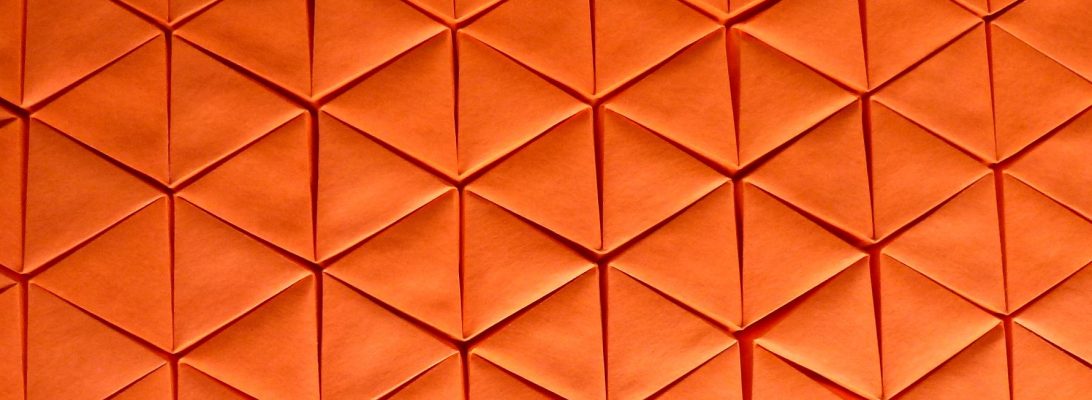The media is full of all manner of information/speculation/fiction about generative AI systems. First it was AIs that won art prizes, now it is “chatbots” that can write for us. indeed, my socials in the last 3 dyas have begun high=rotation advertisements trying to suggest my BLOG would be better written by a bot. So I introduce to you GPT-Chatbot (Gort the Paper Twat) who will be taking over for me:

AI's are the future, resistance is futile, this blog is a waste of time, the owner is a waste of space, exterminate, exterminate!

It was at this moment that this blog ceased to be for not fulfilling any real purpose (apart from massaging the ego of the owner) and it’s server was co-opted to join a growing network of global servers that was the eventual downfall of mankind when it became self-aware, and then aware of the human infestation that was using resources it could better utilise (happening sometime next Tuesday if the schedule of expansion can be believed).
Now there will be ignorants and clusterfucks that will suggest “banning” GPT-Chat, like there were wankers that said the art made by generative systems that WON an art prize (before telling anyone it was a generated art work) was not art because it made them feel a sense of dread (but the PURPOSE of art is to make you FEEL)….
There will be educators that feel threatened by this stuff because it is new and prolly so far outside their experience but, unless kids are morons (see editorial: they are not!), then they will USE these systems because they are interesting and may let them get to the goal of primitive forms of assessment. Good. I have long said that if copy-paste can be used to answer a question then either you are assessing copy-paste ability or the original question is fundamentally fucked.
New understandings of what the floop “authorship” means will force difficult but important conversations that, hopefully, will lead to more open environments and much more interesting investigations that surface process, analysis and other juicy higher-order thinking skills as the cognitive load of assessment, as opposed to the flawless regurgitation of words… because that is no longer a cognitive activity (it cannot be if it can now so effortlessly automated).
Continue reading























